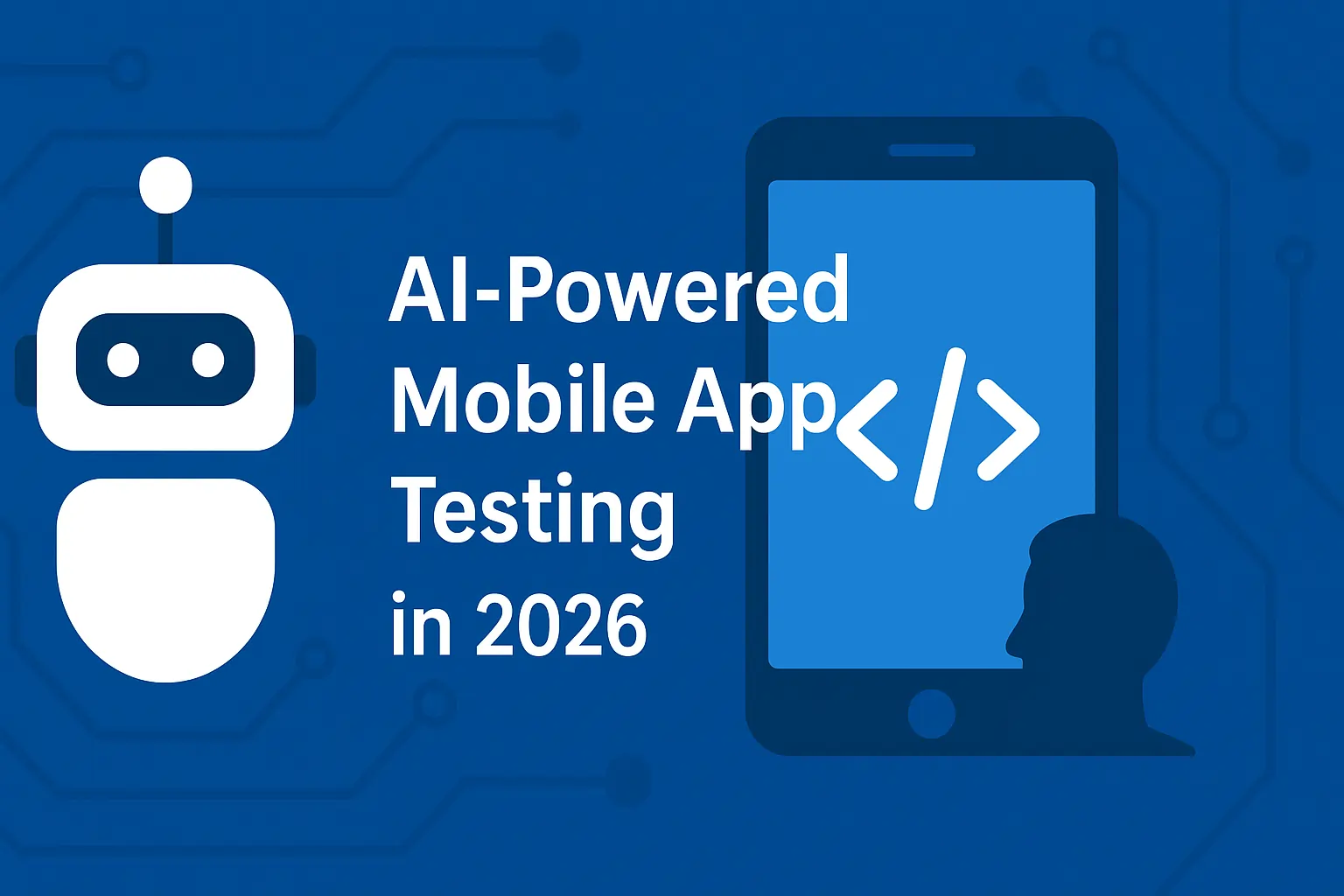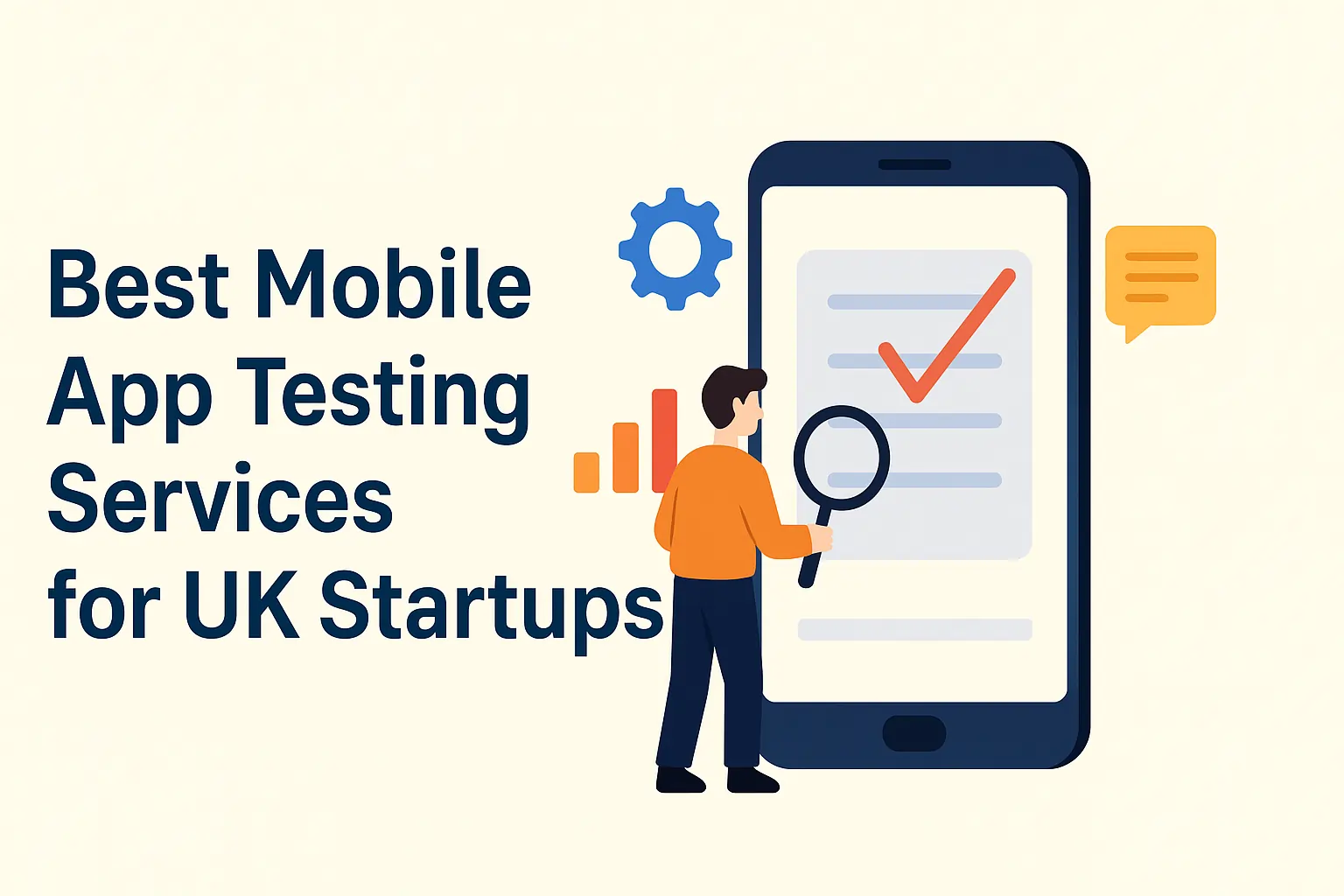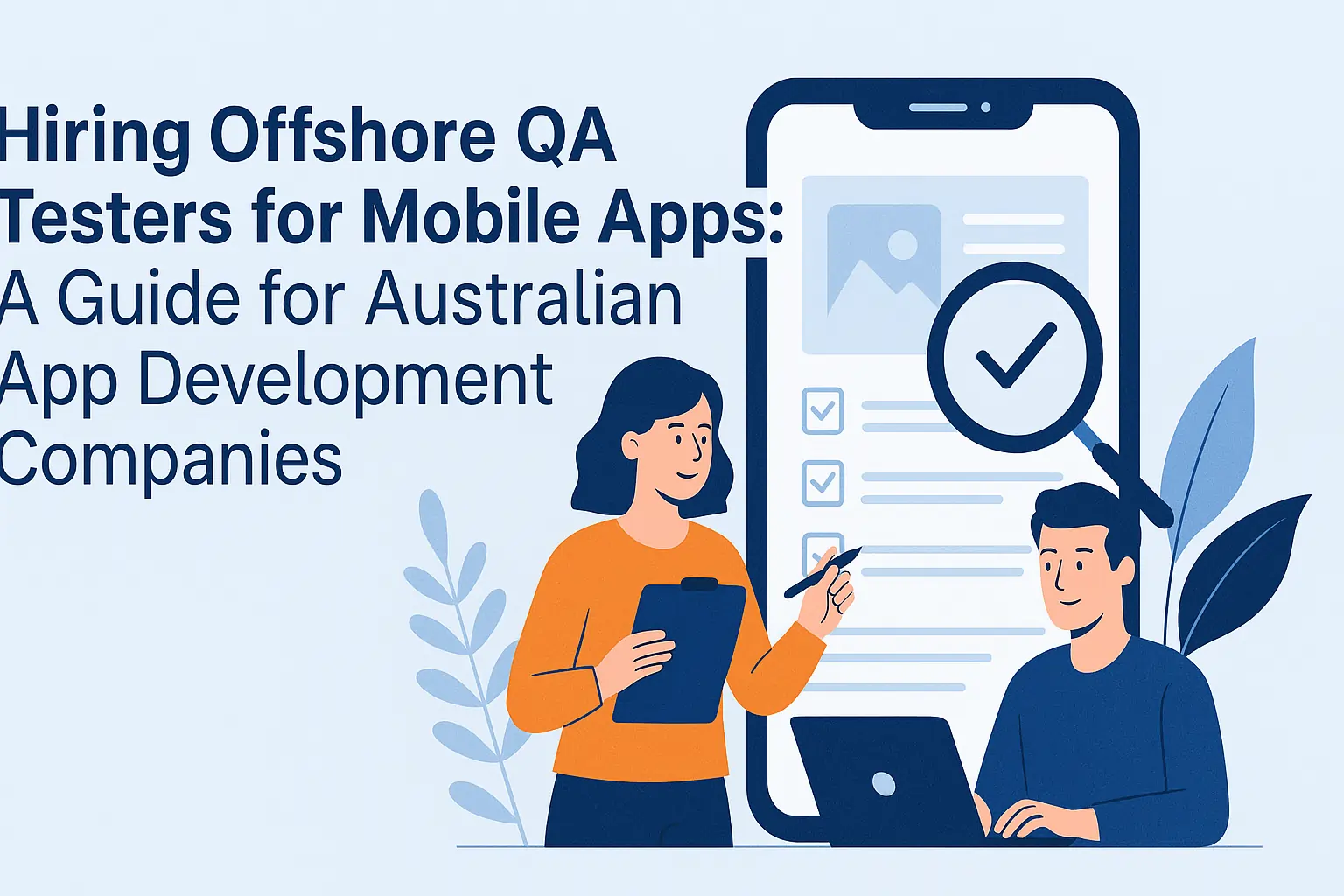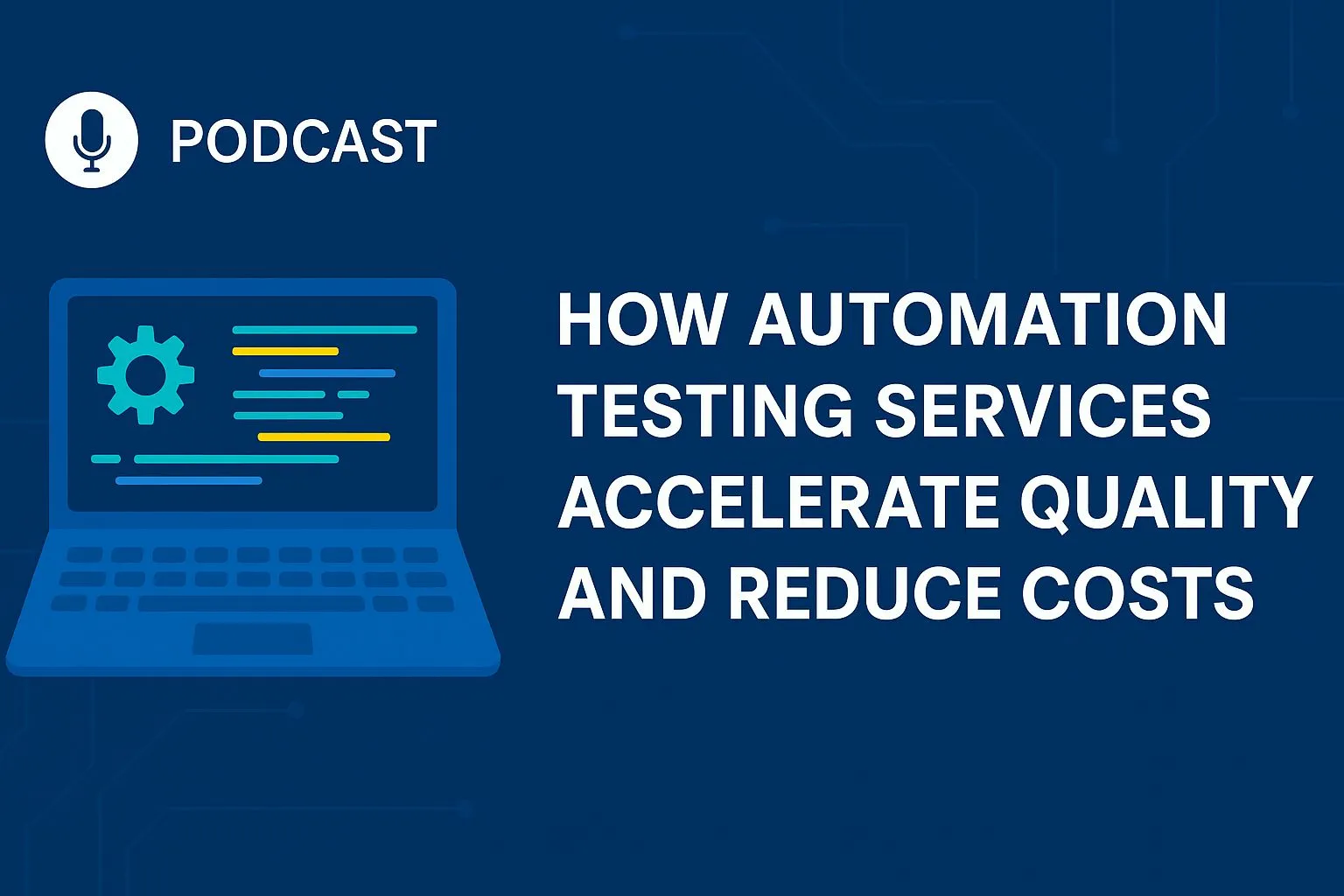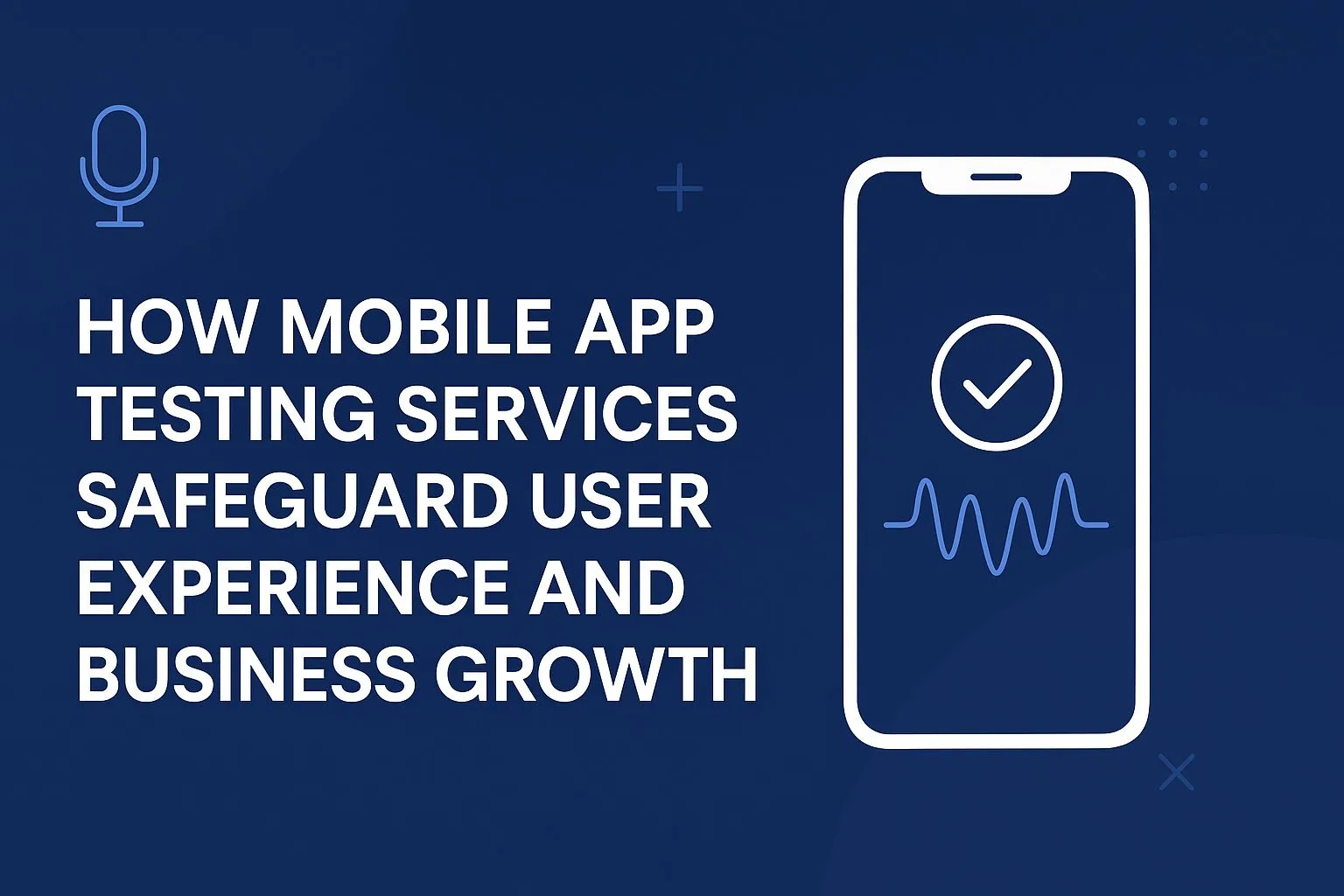How AI Features Are Changing Mobile App Testing (And What You Need to Cover)
Mobile apps are getting smarter, not just faster. With the rise of AI-powered features like chatbots, image recognition, personalization, and predictive analytics, the scope of mobile app QA is evolving quickly.
At Testers HUB, we help startups and product teams in the US and UK adapt their testing strategy for modern app experiences. In this blog, we’ll explore how AI is reshaping mobile app testing services and what needs to be tested differently when machine learning is part of your product.
💡 Why AI-Driven Mobile Apps Need a New Testing Approach
Traditional mobile apps follow predictable flows. AI apps don’t.
AI introduces variability; two users might get different results from the same input, based on model behaviour, training data, or contextual signals. This makes simple pass/fail testing insufficient.
Here’s why mobile apps with AI features are harder to test:
- Outputs are dynamic and not always deterministic
- Behavior can change over time as models learn
- Features depend on external APIs or cloud models
- UX varies based on personalization and past usage
- Model fairness, accuracy, and bias need validation
🧪 Need help testing your app’s AI features?
🔍 AI Features That Require Special QA Attention
Here are some common AI-based features we now see in mobile apps and how we test them.
1. Chatbots and Virtual Assistants
Used in support, fitness, finance, and productivity apps.
✅ What we test:
- Response accuracy and context awareness
- Handling of unexpected or offensive input
- Edge cases like no network or empty prompts
- Language model hallucination or incorrect facts
- Integration across mobile platforms (native vs. hybrid)
2. AI-Powered Image and Voice Recognition
Used in AR, health, camera, and translation apps.
✅ What we test:
- Detection accuracy across lighting, accents, or backgrounds
- Failover behaviour (e.g., when an image is unclear or the voice is cut)
- Permission flows for mic/camera access
- Model behaviour across device performance ranges
3. Personalization and Recommendation Engines
Used in shopping, news, streaming, and wellness apps.
✅ What we test:
- Model response when the user history is empty or incomplete
- Filtering and sorting accuracy
- Recommendations are updated in real-time
- A/B test performance between AI vs. non-AI experiences
4. Predictive and Behaviour-Based Features
Used in finance, fitness, calendar, and productivity tools.
✅ What we test:
- Forecast accuracy (e.g., step goals, budget spend)
- Prediction logic under minimal or noisy data
- UI clarity for suggestions (avoid confusion)
- Impact of incorrect predictions on user experience
🛠️ Key Tools & Methods for AI-Driven Mobile QA
At Testers HUB, we blend manual and automation QA to test AI-backed mobile features. Here’s what we use:
- Real device testing to validate output consistency across phones
- Simulated data sets for controlled testing of inputs and edge cases
- Human-in-the-loop testing to verify model behaviour manually
- Error handling and fallback flow checks for when the AI fails gracefully
- Cloud/API monitoring for delays, timeouts, and model downtime
📈 Case Insight: Testing an AI Fitness Coach App
A UK-based startup launched an AI fitness app that gave users workout plans based on their energy and goals. We helped them test:
- Dynamic workout generation
- Voice-based user commands
- Push reminders personalised via AI scheduling
- Handling of user errors (missed sessions, skipped workouts)
Results:
- Bug reports dropped by 60% after QA improvements
- App received a 4.7 rating on iOS and Android
- Push engagement improved by 34% within 2 weeks
✅ What Founders & PMs Should Know
If your app uses… |
You should test for… |
| AI-generated content | Relevance, clarity, safety, and bias |
| Personalized experiences | Accuracy, fairness, fallback flows |
| Predictive inputs or autofill | User control, transparency, and override options |
| ML-powered user support | Consistency, abuse handling, and intent matching |
🚀 Launch Your AI Mobile App with Confidence
Smart features can be powerful, but they must be stable, accurate, and user-safe. Our mobile app testing services now include AI feature validation across real devices, languages, and usage scenarios.
❓ Frequently Asked Questions: AI Testing in Mobile Apps
1. Can AI features be tested the same way as other app functions?
Not entirely. Traditional testing assumes fixed outputs. AI, on the other hand, often produces dynamic results based on data or user behaviour. That means QA for AI features needs to include variability testing, real-user simulation, and output validation.
2. What’s the biggest challenge in testing AI-powered mobile apps?
The biggest challenge is unpredictability. AI responses may differ across users, devices, or even time. This makes it harder to define “pass or fail” without clear context. Testers need to understand intent, context, and edge-case behaviour, not just outcomes.
3. How do you test AI chat or voice features?
We evaluate these features using real-world inputs: different accents, phrasing, or edge cases like silence or sarcasm. We also check fallback logic, how the app responds when the AI doesn’t understand or when the API fails.
4. Is it possible to test AI personalization and recommendations?
Yes, we test how well recommendations align with user data (or the lack of it). We simulate various user types: new users, returning users, and users with conflicting preferences, to check how adaptive and accurate the AI logic is.
5. What tools or methods are used for AI testing in mobile?
We combine manual testing on real devices, use controlled input data, simulate model failure scenarios, and log output consistency. When needed, we also collaborate with development teams to set validation benchmarks for AI accuracy or intent matching.



